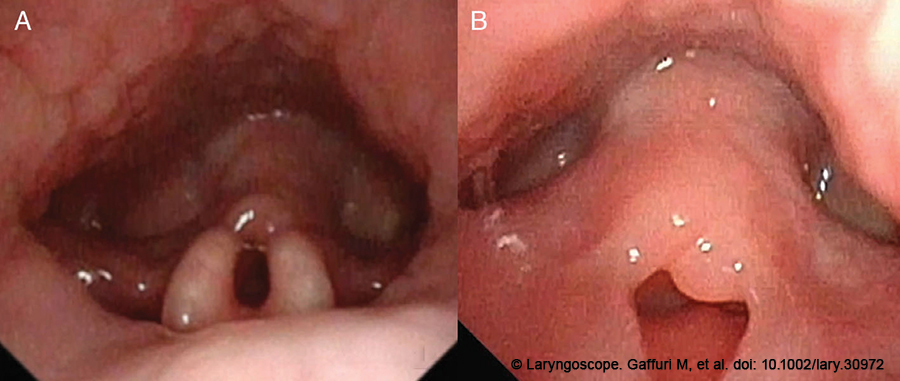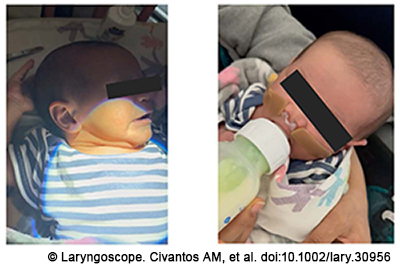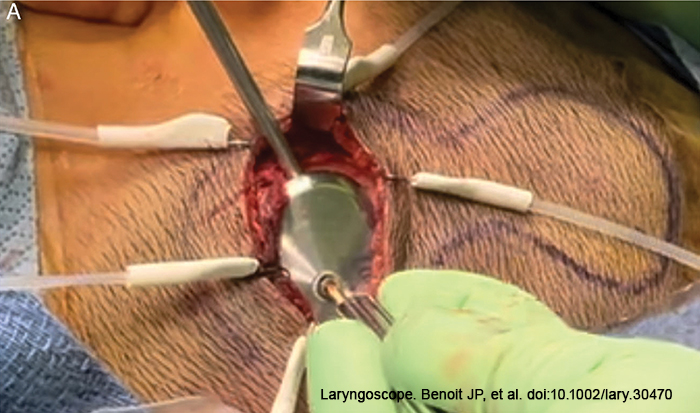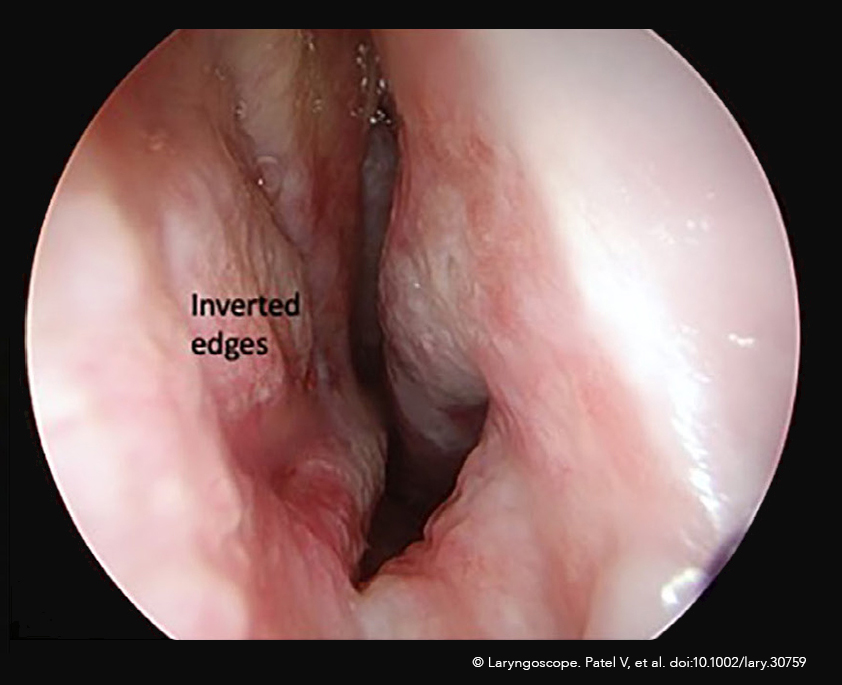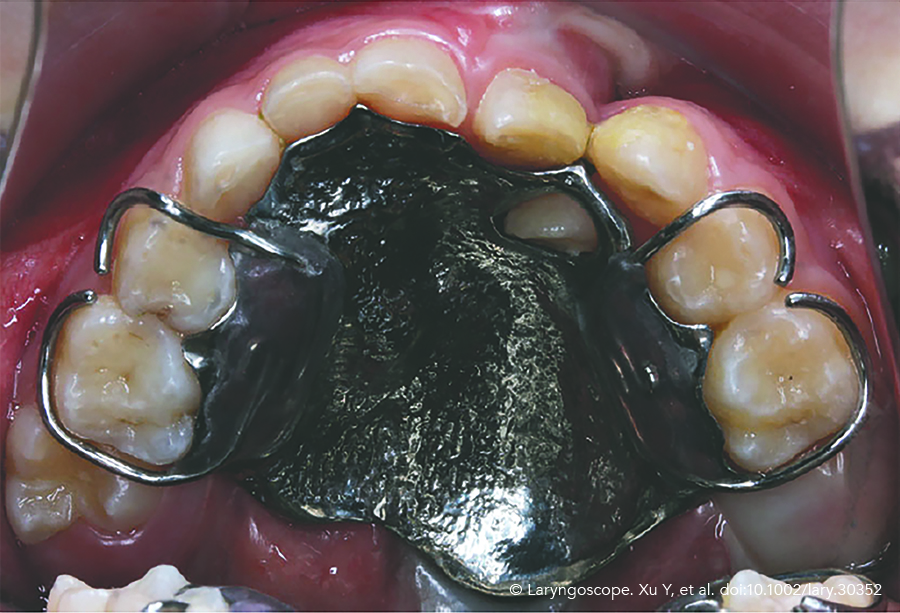Laryngomalacia (LM) is the most common congenital laryngeal anomaly caused by a delay in the maturation of supporting laryngeal cartilages. Three-dimensional exoscopy has had satisfactory and promising results in adults, but only a few pediatric series have been published.
